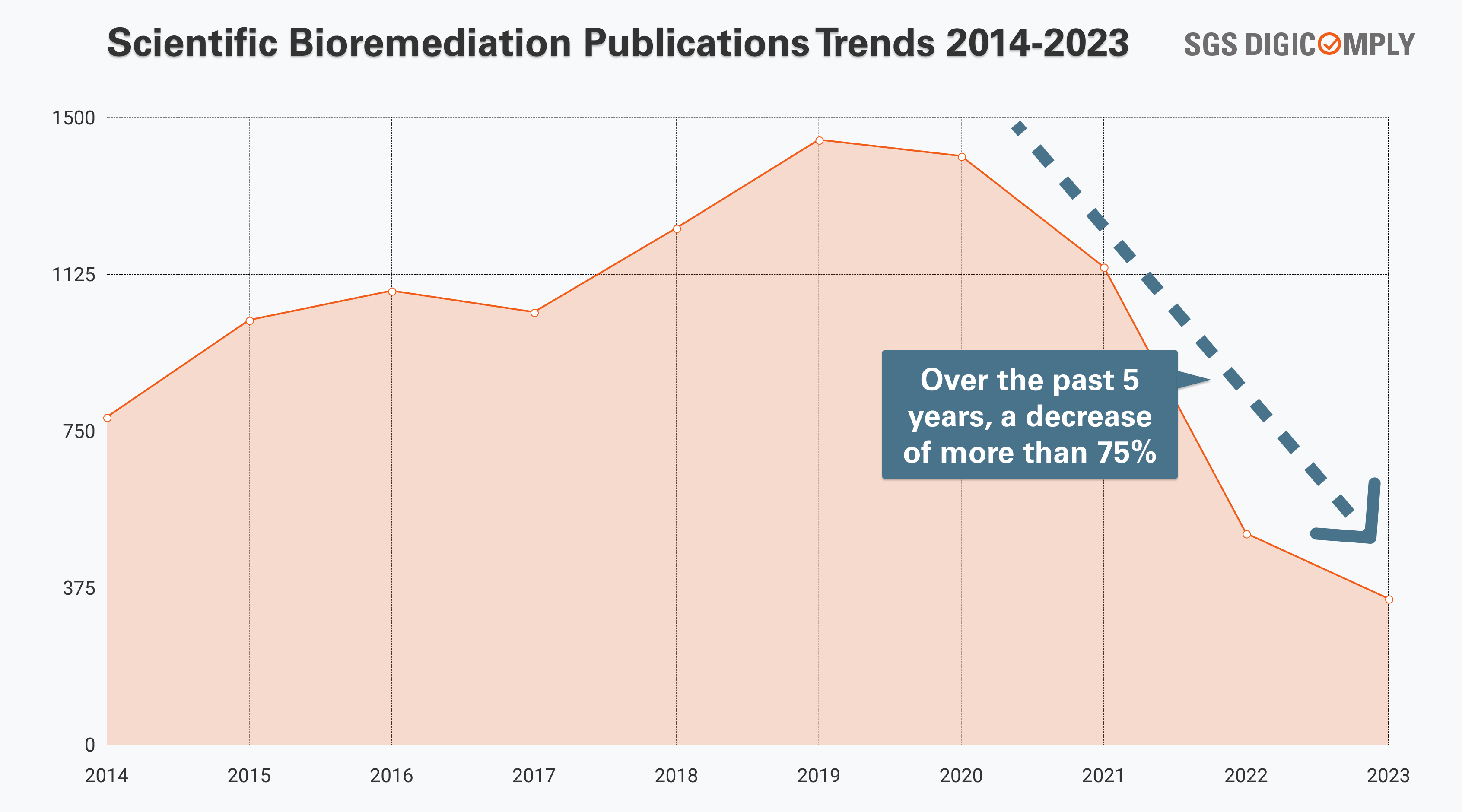Pollution has become a critical challenge affecting agroecosystems due to intensive industrialization and the continuous use of agrochemicals. Urban agriculture, while offering sustainable food options, faces contamination issues from xenobiotics, including heavy metals and persistent organic substances, impacting soil productivity and posing risks to plants, animals, and human health. Conventional soil remediation methods are complex, expensive, and can lead to environmental concerns. In contrast, bioremediation emerges as a cost-effective, efficient, and eco-friendly approach for soil restoration.
Sources and Health Impact of Xenobiotics
Anthropogenic activities introduce harmful xenobiotics into urban agricultural soils, surpassing safe limits and affecting soil health, plant growth, and human well-being. The accumulation of heavy metals and persistent organic pollutants poses severe risks to ecosystems and human health, emphasizing the urgency of remediation.
WHAT IS BIOREMEDIATION: NATURE'S CLEANUP SOLUTION
Bioremediation is a process that uses living organisms such as microorganisms, plants, or fungi to degrade, neutralize, or remove contaminants from soil, water, or air. These organisms break down pollutants into less harmful substances, effectively cleaning up polluted environments. Bioremediation is considered an eco-friendly and sustainable approach to mitigate environmental contamination caused by pollutants like heavy metals, oil spills, pesticides, and various organic chemicals.
Conventional Methods vs. Bioremediation
Conventional soil remediation techniques such as electrokinetics and vitrification are effective but come with drawbacks like high cost, energy consumption, and the generation of secondary pollutants. Bioremediation, on the other hand, leverages the power of microorganisms for in situ and ex situ soil reclamation, offering a sustainable and cost-efficient alternative for urban soil restoration.
Role of Microorganisms in Bioremediation
Microorganisms play a pivotal role in bioremediation by breaking down or neutralizing contaminants in soil. Utilizing diverse bioagents coupled with other remediation measures unlocks the potential for developing safe, effective, and economical technologies for soil productivity restoration.
Case Studies and Research Insights
Numerous studies shed light on the efficacy of bioremediation in restoring contaminated soils. Research by Aboubakar et al. (2021) and Anerao et al. (2022) assesses pollution levels and the potential of phytoremediation for organic pollutants, respectively, providing valuable insights into soil restoration methodologies.
Challenges and Future Perspectives
While bioremediation offers promise, challenges such as understanding microbial interactions and optimizing remediation strategies persist. Continued research, technological advancements, and interdisciplinary collaborations are crucial for refining bioremediation approaches to address diverse contaminants effectively.
SGS DIGICOMPLY INSIGHTS: BIOREMEDIATION TRENDS UNVEILED
Despite the pressing issues highlighted by existing scientific publications regarding pollutants endangering ecosystems and living organisms, the bioremediation of leachate-contaminated soils remains an underexplored subject.
Our analysis of scientific publications over the last decade unveils a compelling trajectory in bioremediation-focused articles. The data portrays a consistent upward trend in scholarly works from 2014 to 2019, indicating a heightened interest in remediating contaminated soils. However, a noticeable decline in scientific attention to this topic was observed from 2020 onwards, with both 2022 and 2023 showing a substantial decrease in publications.

This decline presents an opportune moment to gather insights and spur extensive research efforts in this critical field. To stay ahead of emerging trends and advancements in bioremediation, continue proactive monitoring with SGS Digicomply. Explore SGS Digicomply platform now.
Conclusion
Bioremediation stands as a sustainable, efficient, and environmentally friendly solution for restoring urban agroecosystems contaminated with harmful xenobiotics. Leveraging the power of microorganisms, coupled with ongoing research and technological advancements, holds immense potential in mitigating soil pollution and ensuring the sustainability of urban agriculture.
By integrating diverse bioagents and leveraging microbial capabilities, bioremediation emerges as a beacon of hope in the restoration of contaminated urban agroecosystems, paving the way for a healthier environment and sustainable food production.





.webp?width=1644&height=1254&name=Food%20Safety%20Dashboard%201%20(1).webp)
